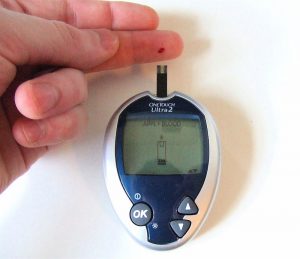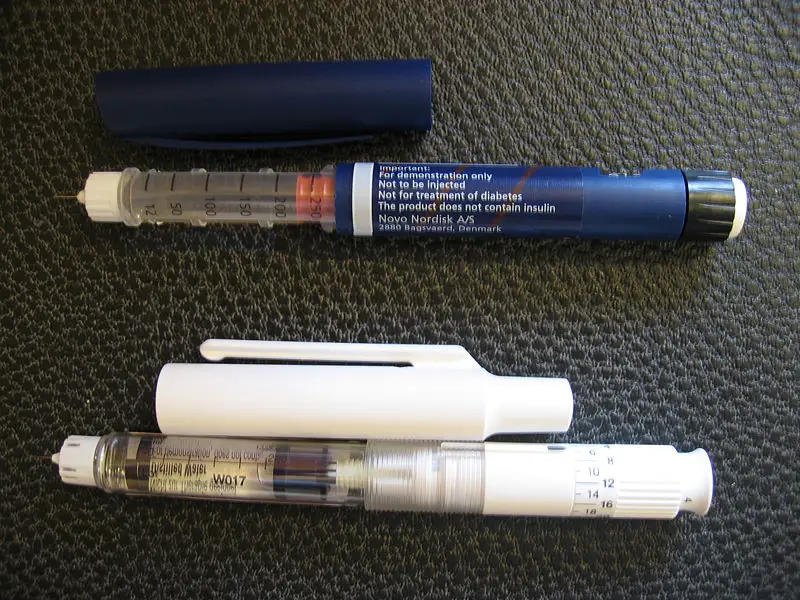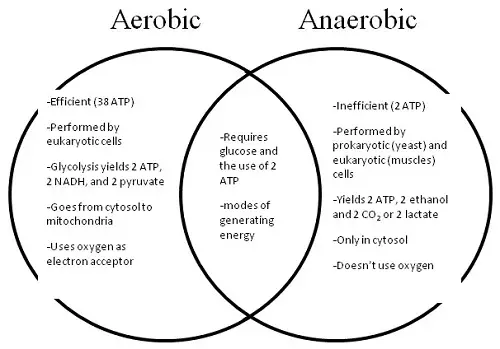Non-Invasive Glucose Testing on the Horizon
 Glucose testing for diabetes patients is currently a very invasive process that entails having blood drawn every single time. This makes the process uncomfortable for many. However, there may be an alternative based on new technology coming from researchers at the University of Houston who have been working in conjunction with individuals based in Korea.
Glucose testing for diabetes patients is currently a very invasive process that entails having blood drawn every single time. This makes the process uncomfortable for many. However, there may be an alternative based on new technology coming from researchers at the University of Houston who have been working in conjunction with individuals based in Korea.
It has been known that glucose is located in tears as well as in blood and optical sensing for glucose has been explored for some time. The process in the current study is known to use surface-enhanced Raman spectroscopy, a system that is named after CV Raman, an Indian scientist who discovered the effects in 1928. This process uses information about how a material might interact with light to determine what elements the material is comprised of.
Their research has focused on the development of a tiny device that is built from multiple layers of gold nanowires and that can detect small molecular samples, which will inform the properties of the molecules that make up the material. The glucose-sensing contact is also in development with Google since 2015. They hold a patent for a multi-sensor lens, however the current one in development is built on a technology that its researchers feel could be used for a number of other applications, though determining all of the other possibilities may take some time.
The device itself was created using solvent-assisted nanotransfer printing, which optimized ist use of surface-enhanced Raman scattering to optimize its ability to detect the molecular structure in even the smallest samples. It is comprised of multiple layers of gold nanowires on top of a gold film, and functions by creating “hot spots” or narrow gaps in the nanostructure that enhance the Raman signal to determine the properties of the molecules that make up the material.
University of Houston-based researchers, Wei-Chuan Shih and Masud Parvaez Arnob, developed this device with Korean researchers Yeon Sik Jung, Jae Won Jeong and Kwang-Min Baek from the Korea Advanced Institute of Science and Technology; and Seung Yong Lee of Korea Institute of Science and Technology. Shih has used surface-enhanced Raman scattering in the past to develop skin-probing glucose detectors that use laser light. He holds two patents to this technology. However, his lab, NanoBioPhotonics Group, primarily works with optical biosensing technology that is enabled by nanoplasmonics.
This research proves that the structure Shih has developed uses surface-enhanced Raman scattering spectroscopy effectively, which he believes is the more significant finding in his study as researchers would like the flexible nanostructure as it is more apt for wearing biosensing electronics. However, the current focus is still on sensing glucose levels, which is sure to completely change the process by replacing the highly invasive blood draws that are currently required.[i]
Save











November 7, 2021 9:42 pm
Hi there
Defrost frozen foods in minutes safely and naturally with our THAW KING™.
50% OFF for the next 24 Hours ONLY + FREE Worldwide Shipping for a LIMITED
Buy now: thawking.online
Regards,
Harley